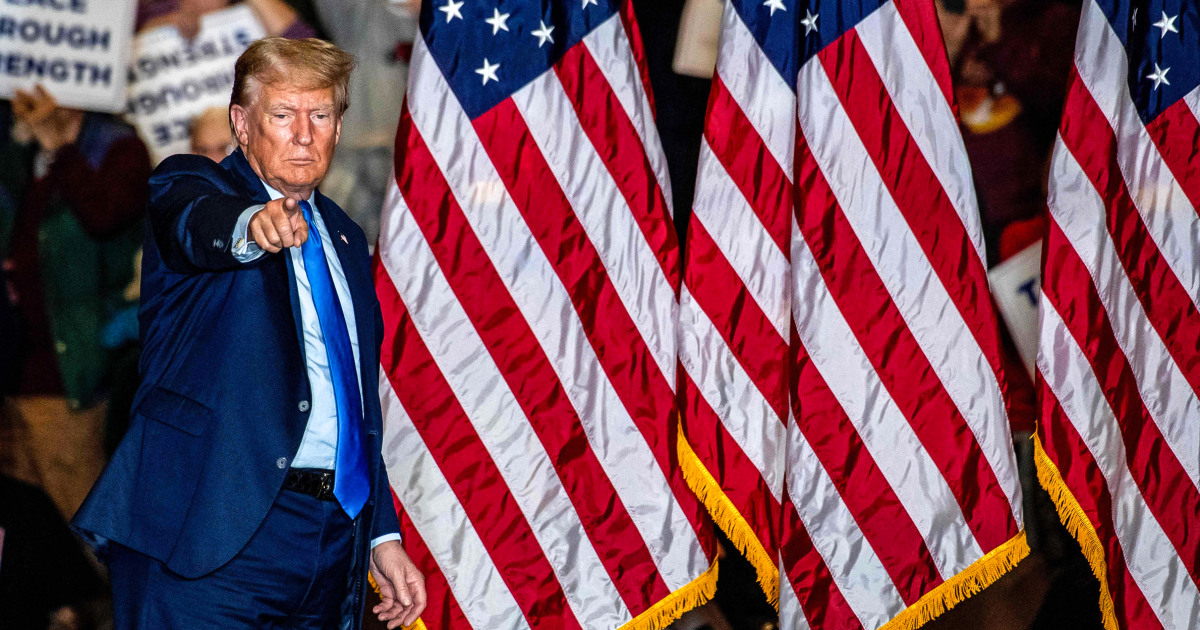It is very narrow, but I've been looking at the 538 presidential primary polls and I'm starting to see a very small path to Nikki Haley pulling off the nomination. I really want to emphasize that this is a granular possibility and I would still put my money on Trump, but there is at least a path and that is more than I can say for any point of the GOP race up until now.
I think it all hinges on her knocking off DeSantis for the second place finish in Iowa. She's already running reasonably ahead of DeSantis in NH and SC, which is not too surprising, and she is coming pretty close in Iowa. If Christie and DeSantis get out of the race and the entire anti-Trump vote coalesces around Haley, it opens up the door for her to beat Trump in NH and SC. I think Christie will get out if he thinks Haley has a shot, DeSantis is more of a question mark but I also think that if a 3rd place finish in Iowa starts to become a strong possibility he's going to get out to avoid an embarrassing result (think Kamala 2020). The DeSantis thing in general is the biggest wrench in this theory, especially when the governor of Iowa recently came out with a DeSantis endorsement. That just seems like such a head-scratcher, why endorse DeSantis now when he is clearly not going to win Iowa, let alone the nomination? But it keeps him in the race longer and makes it less possible for Haley to pull off an upset there. We'll see though, the next month is going to be critical for her.
Again, it's a long shot. But it does solve the up until now unanswered question of who is the Trump alternative, which has been the biggest thing standing in the way of the Trump alternative movement.
I think it all hinges on her knocking off DeSantis for the second place finish in Iowa. She's already running reasonably ahead of DeSantis in NH and SC, which is not too surprising, and she is coming pretty close in Iowa. If Christie and DeSantis get out of the race and the entire anti-Trump vote coalesces around Haley, it opens up the door for her to beat Trump in NH and SC. I think Christie will get out if he thinks Haley has a shot, DeSantis is more of a question mark but I also think that if a 3rd place finish in Iowa starts to become a strong possibility he's going to get out to avoid an embarrassing result (think Kamala 2020). The DeSantis thing in general is the biggest wrench in this theory, especially when the governor of Iowa recently came out with a DeSantis endorsement. That just seems like such a head-scratcher, why endorse DeSantis now when he is clearly not going to win Iowa, let alone the nomination? But it keeps him in the race longer and makes it less possible for Haley to pull off an upset there. We'll see though, the next month is going to be critical for her.
Again, it's a long shot. But it does solve the up until now unanswered question of who is the Trump alternative, which has been the biggest thing standing in the way of the Trump alternative movement.


